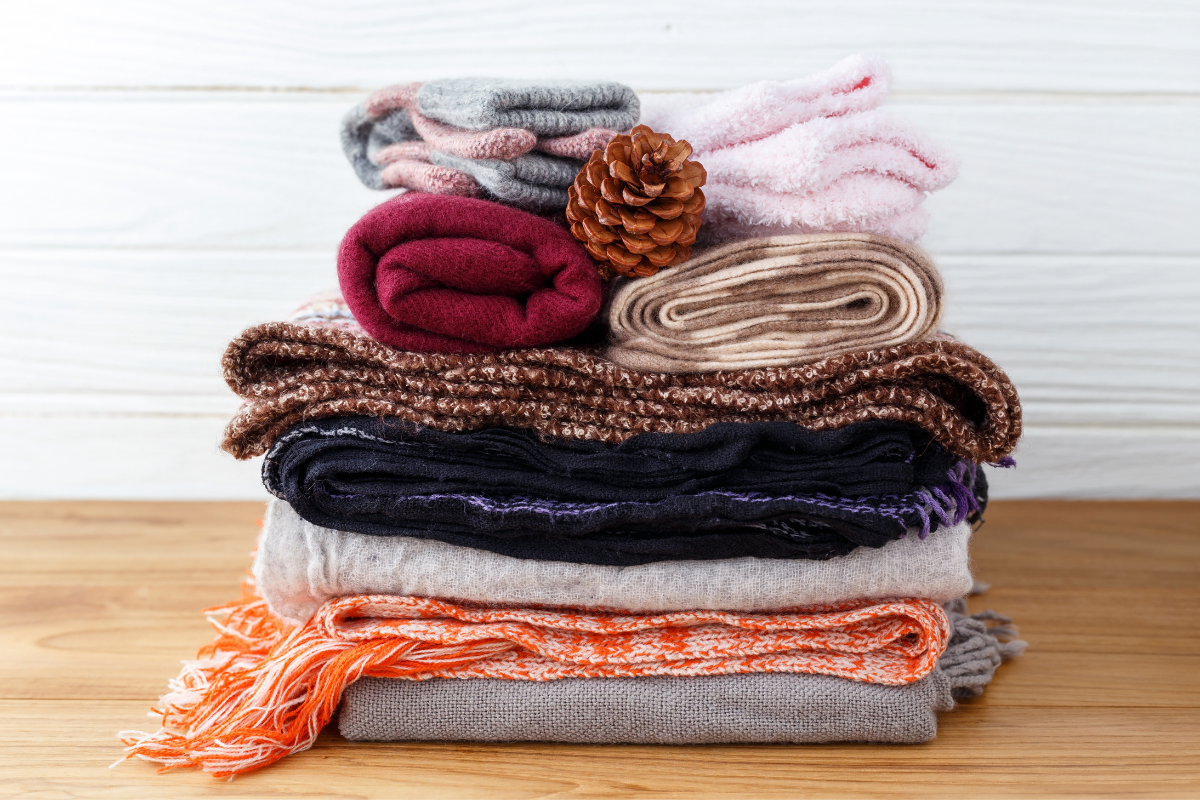Notice the chilly mornings lately? It may not be cold enough to bring your winter jacket out yet, but it certainly is time to prepare for it. Students new to Canada should expect to face a dramatic temperature change in the coming months. Adjusting to the sudden drop can be difficult. Here are some things to expect and tips for surviving the season.
The costs of upgrading your wardrobe
Winter clothing, especially high-quality boots and a winter jacket, can be expensive. While it may be more desirable to wear fashionable coats and boots, the truth is most winter wear designed to look good (without a high price label) is not going to keep you warm enough during temperatures below -10 or even -20 C.
Before running to major branded stores, check out stores such as Marshall’s or Winners for discounted brands. These stores often carry Colombia, The North Face and other popular brands for warm jackets, but at a much lower cost compared to buying them at sporting goods stores like SportCheck.
As for footwear, it can be difficult to find warm boots for a low price. To avoid visits to multiple stores, check out The Shoe Company. Many boots have labels rating the temperature they can withstand, -30 C being ideal. Avoid purchasing ankle-high boots, Uggs, and similarly styled boots for walking in the snow. They work well for the start of winter and can look stylish, but on a budget, they are not worth the investment for your first pair of boots if you want to stay warm in later December and throughout January to February.
Layering your clothes
Underneath your winter outerwear, it’s good to dress in multiple layers. Many prefer not to wear shirts underneath pullover hoodies, but wearing a long sleeve shirt or another sweater underneath can go a long way. Stockings underneath pants can add extra warmth to your legs, as well. It’s easier to remove extra layers when you get too warm than face the consequences of being underdressed and far from your closet.

Winter accessories
Small winter accessories such as scarves, toques and gloves are essential. Some individuals are hesitant to wear such things, especially scarves. However, they provide a lot of protection around your chest and neck. If this area is exposed to the cold, it’s extremely easy to get sick or find yourself uncomfortable. Toques, gloves and scarves are easy to find for cheap and do not require much research unless you plan on using them for outdoor sport.
Final advice:
- If you are commuting via the public busses to campus, be prepared for commute times to increase significantly.
- Don’t worry about what others are wearing. If you feel cold, you might be seen wearing your winter jacket early, and that’s okay! Many Canadians understand the shock and process of getting used to the cold.
- Look out for heat-warming packs at sporting stores and general stores that you can add to your pockets or gloves for extra warmth.
- Bring or purchase your favourite warm drinks to help you warm up.
- Protect exposed skin with sunscreen – those UV rays are still hit hard even in the winter!






